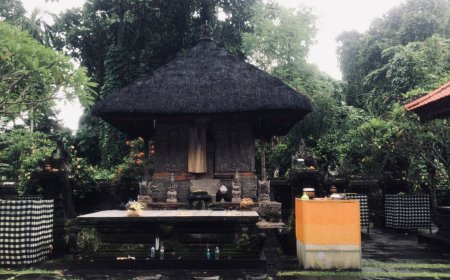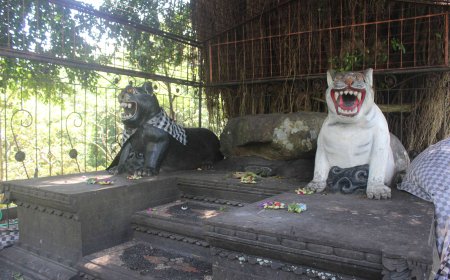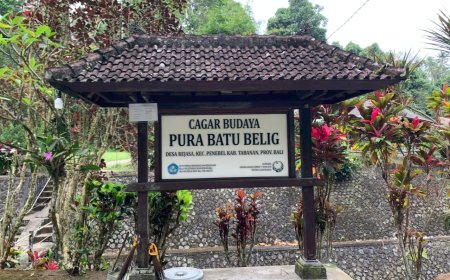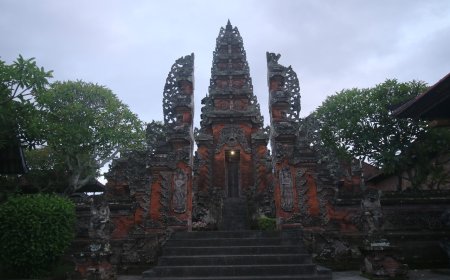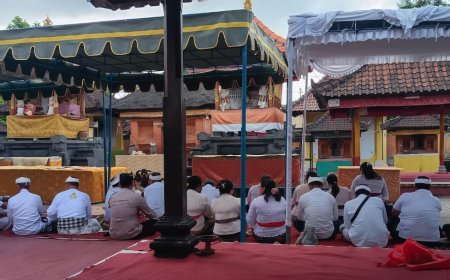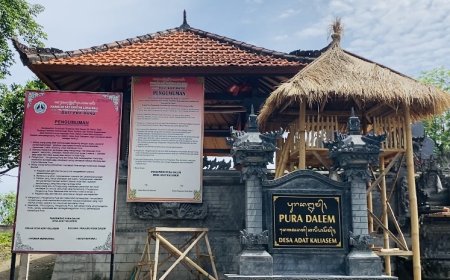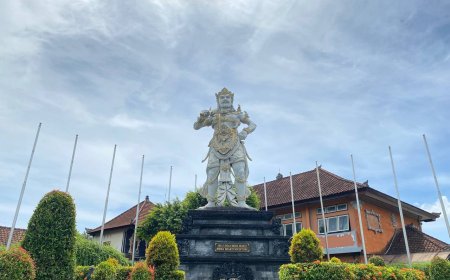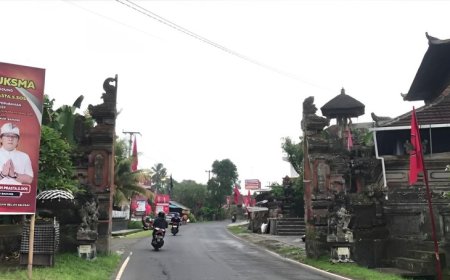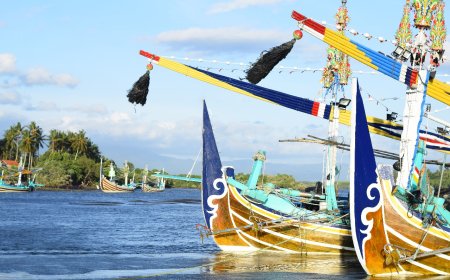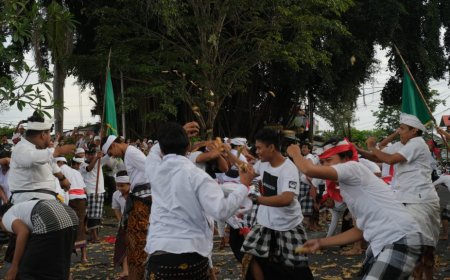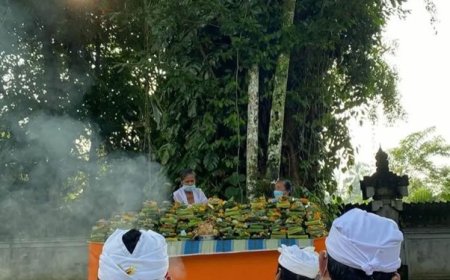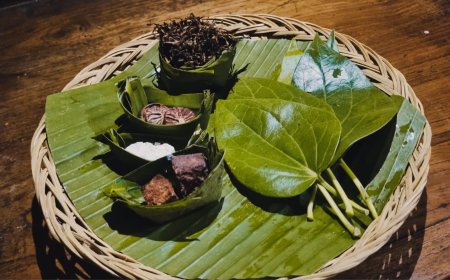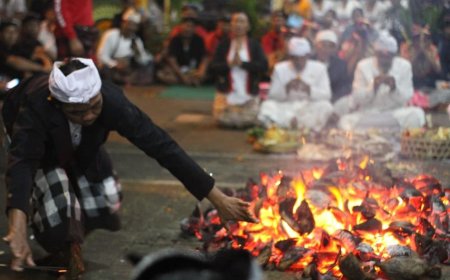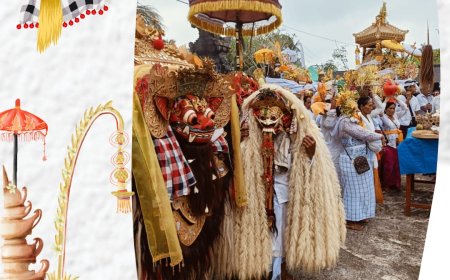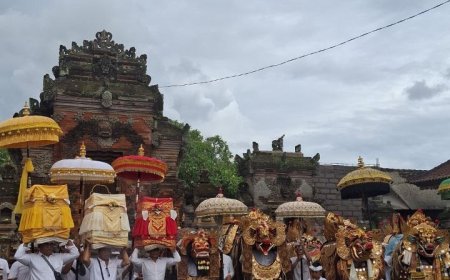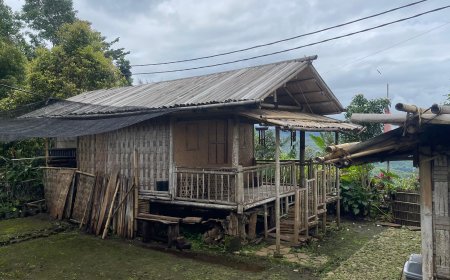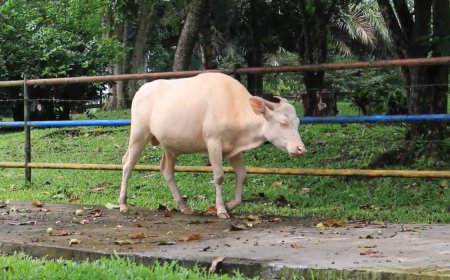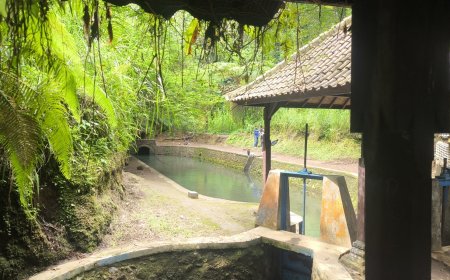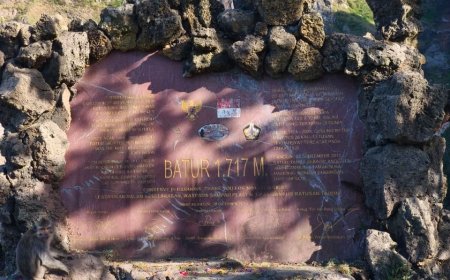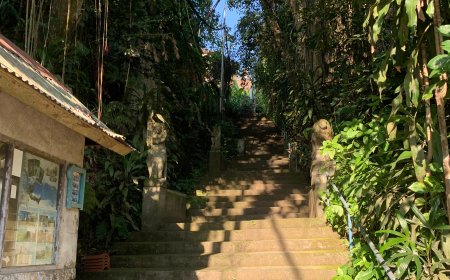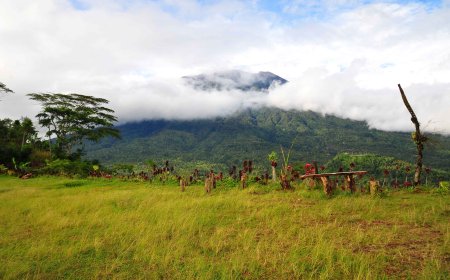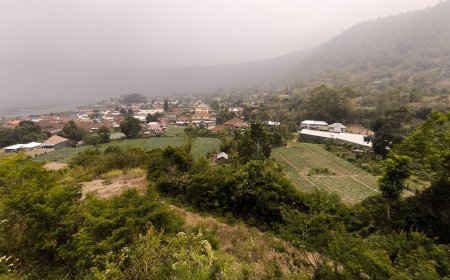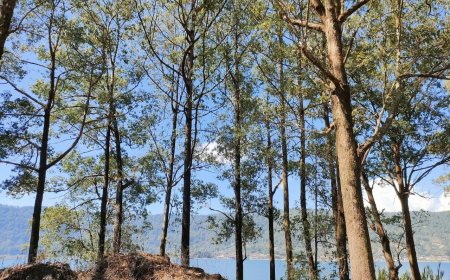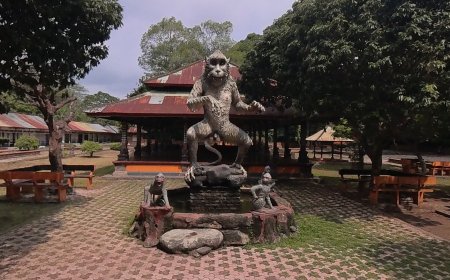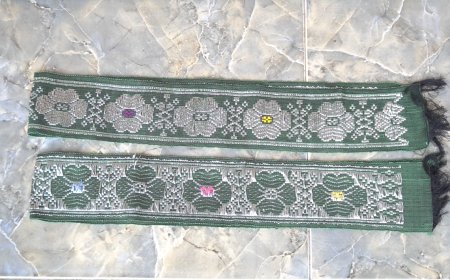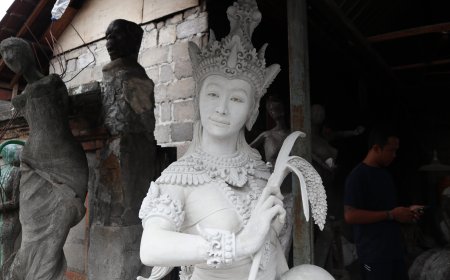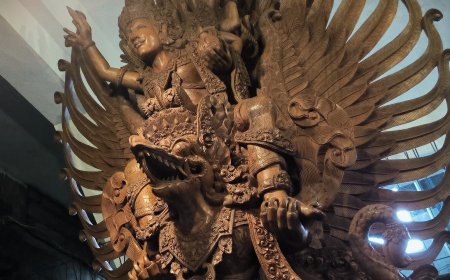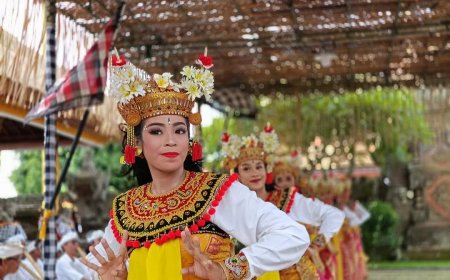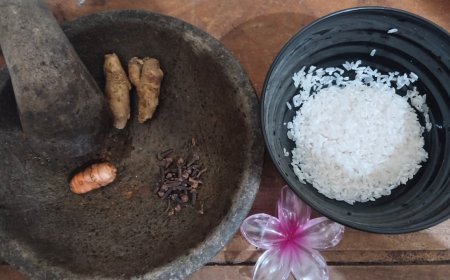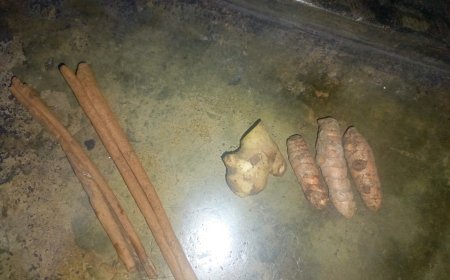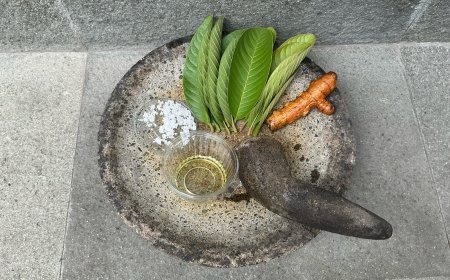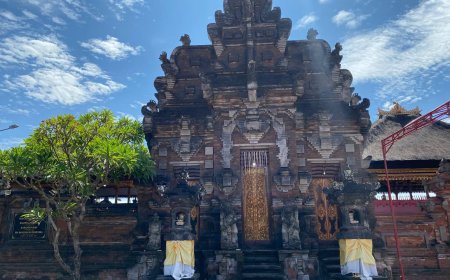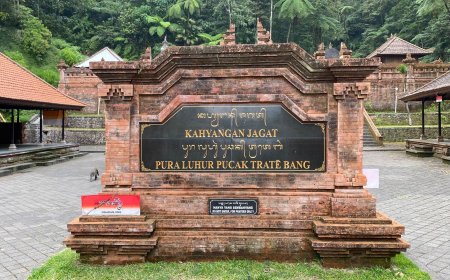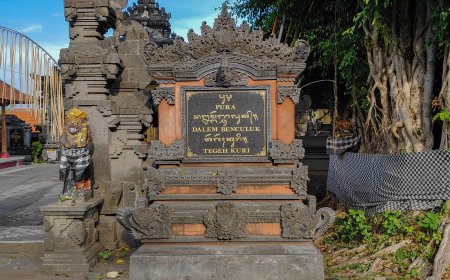Dalem Agung Pura Kawitan Shri Nararya Kreshna Kepakisan: Traces of Majapahit in Balinese Tradition and Identity
Dalem Agung Pura Kawitan Shri Nararya Kreshna Kepakisan is a historic temple that reflects the traces of the Majapahit Kingdom in shaping the identity and traditions of Balinese society. This temple serves not only as a place of worship but also as a spiritual and educational center that instills values of leadership, loyalty, and harmony in life. With architecture that blends Majapahit and classical Balinese styles, the temple stands as a symbol of cultural harmony and ancestral heritage that continues to be preserved across generations.
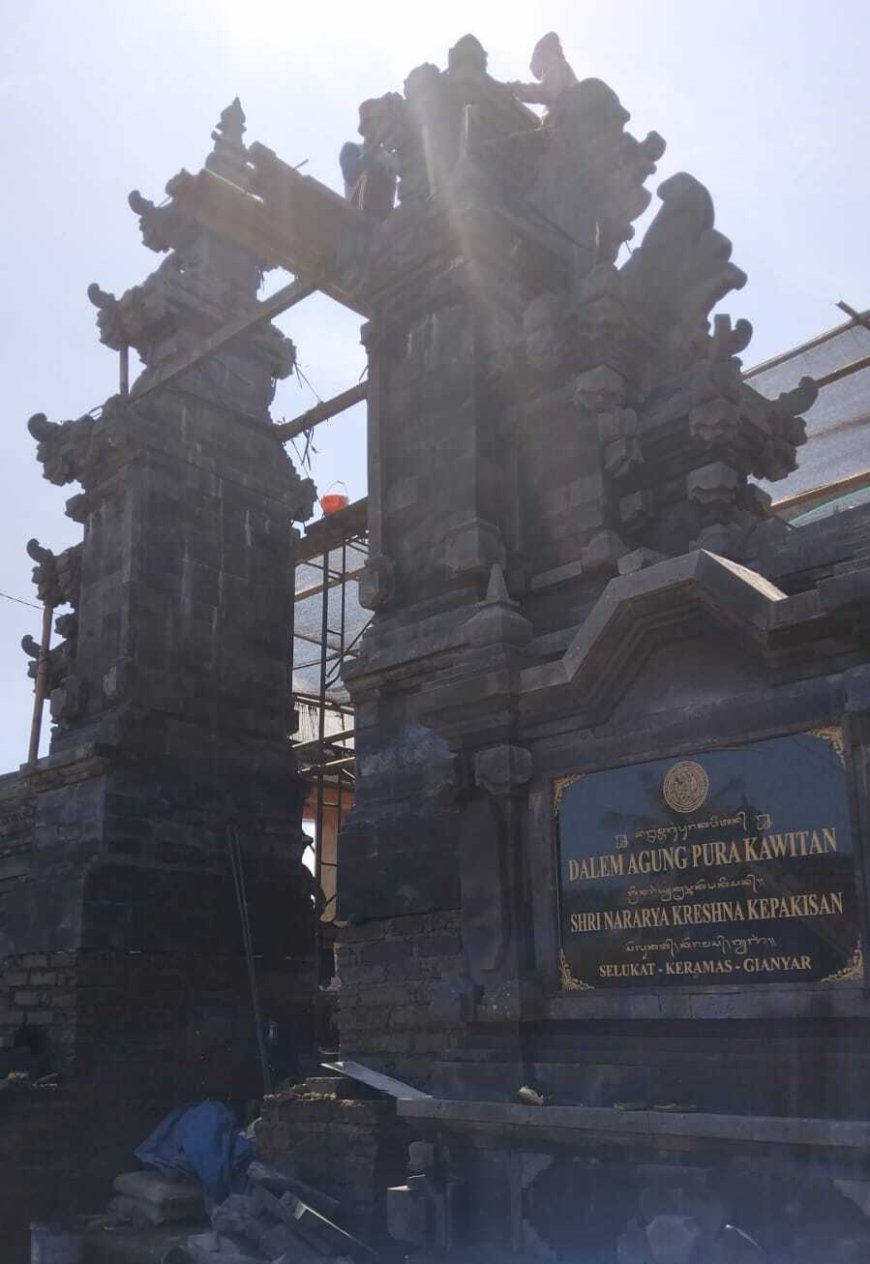
Traces of History and the Majapahit Spirit in the Land of Bali
Dalem Agung Pura Kawitan Shri Nararya Kreshna Kepakisan is one of the important kawitan temples in Bali, rich in historical and spiritual values. Located in Selukat Village, Keramas, Gianyar, approximately 35–40 minutes from downtown Denpasar via the By Pass Ida Bagus Mantra route, the temple sits in a serene and lush environment, serving as a symbol of reverence for the great Balinese ancestors believed to be direct descendants of the Majapahit Kingdom. From this sacred place, the traces of Majapahit’s influence on the formation of Balinese identity and social systems can be traced. The presence of this temple is not only a place of worship but also a space for reflection on the cultural roots that unite the history and beliefs of the Balinese people.
This temple was built to honor Dalem Shri Nararya Kreshna Kepakisan, a prominent figure sent by Majapahit to Bali in the 14th century to reorganize the government and customary systems after Bali’s integration under Majapahit rule. Through his leadership, the desa pakraman (traditional village system), kawitan (ancestral lineage), and the concept of Tri Hita Karana began to flourish as the foundation of harmony between humans, nature, and God. Therefore, every ceremony held at pura kawitan is not merely a ritual but also a reminder of the values of leadership, loyalty, and balance in life that have been passed down from ancient times.
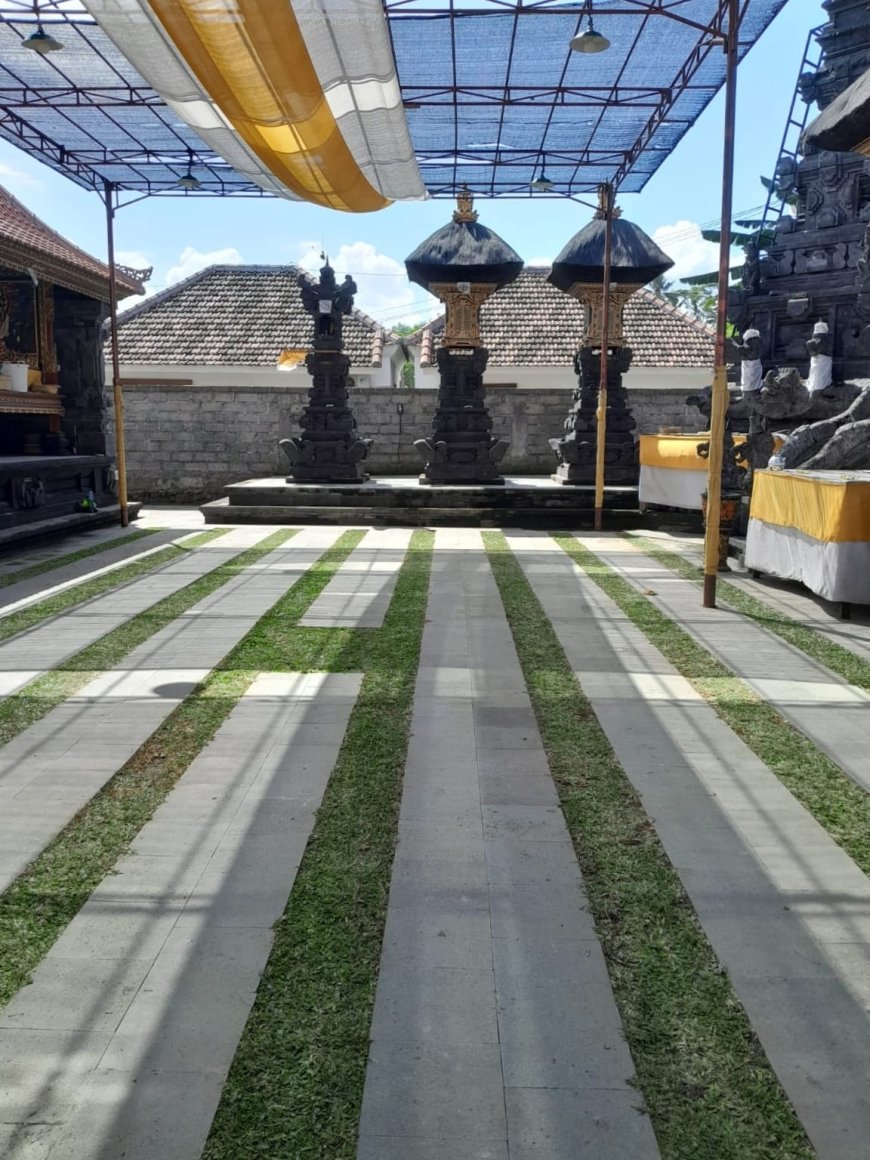 The Serene and Lush Middle Courtyard of Dalem Agung Pura Kawitan Shri Nararya Kreshna Kepakisan (Source: Personal Collection)
The Serene and Lush Middle Courtyard of Dalem Agung Pura Kawitan Shri Nararya Kreshna Kepakisan (Source: Personal Collection)
Ancestral Traditions and Ceremonies at Pura Kawitan
Every year, Hindus from various parts of Bali visit Dalem Agung Pura Kawitan Shri Nararya Kreshna Kepakisan to celebrate the piodalan ceremony, which falls on Saturday Kliwon Kuningan, and to perform ngaturang pekelem as an expression of devotion to their ancestors. The temple’s atmosphere, filled with incense smoke and the melodies of sacred hymns, creates a deeply spiritual and touching ambiance. Worshippers come not only to seek blessings and safety but also to reconnect with their identity as part of the great Majapahit legacy. Amid the temple’s grandeur, which harmoniously blends Javanese and Balinese architectural elements, every detail, from the intricate stone carvings to the arrangement of the pelinggih (shrines), reflects the cultural unity of two great civilizations beautifully intertwined.
Interestingly, many young generations now take part in the sacred processions held at this temple. They learn to prepare banten (offerings), understand the meaning of upakara (ritual tools), and honor their ancestors with deep awareness. Through this, spiritual and cultural values are naturally passed down from one generation to the next. This temple serves not only as a spiritual center for the descendants of Kreshna Kepakisan, but also as an educational space that strengthens the understanding of origins and identity as Balinese people rooted in the wisdom of Majapahit ancestors.
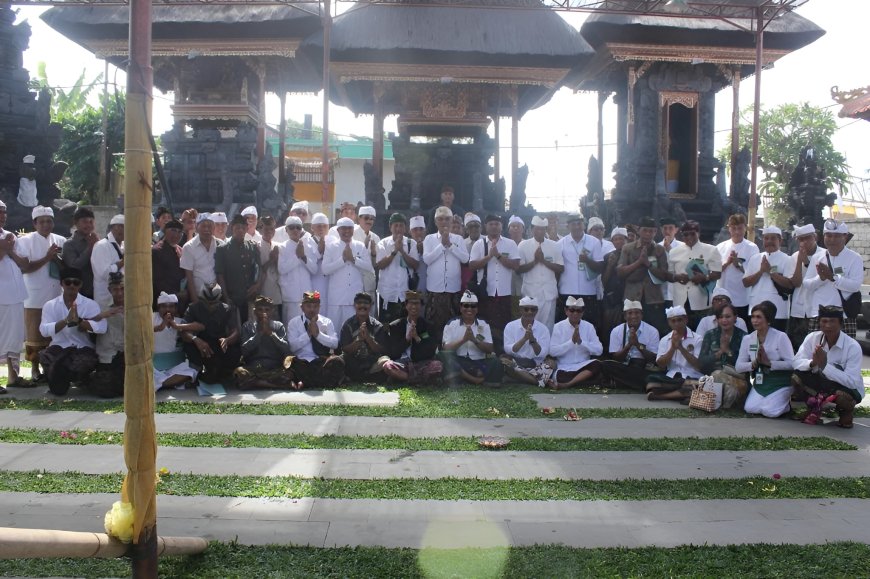 The Extended Family of Caretakers of Dalem Agung Pura Kawitan Shri Nararya Kreshna Kepakisan (Source: Personal Collection)
The Extended Family of Caretakers of Dalem Agung Pura Kawitan Shri Nararya Kreshna Kepakisan (Source: Personal Collection)
Caretakers of Dalem Agung Pura Kawitan Shri Nararya Kreshna Kepakisan
Dalem Agung Pura Kawitan Shri Nararya Kreshna Kepakisan is cared for by the extended family descended from Shri Nararya Kreshna Kepakisan, an important ancestor in Balinese history. As caretakers, this family holds great responsibility in maintaining the sanctity, preservation, and spiritual continuity of the temple. They regularly conduct various ceremonies and temple maintenance activities, including preparing for the piodalan held on Sabtu Kliwon Kuningan. Their role extends beyond physical stewardship, serving also as guardians of the noble values, traditions, and teachings inherited from the Majapahit ancestors through the figure of Dalem Kreshna Kepakisan.
In addition to maintaining and organizing religious activities, the caretakers also play an important role in strengthening family bonds among the descendants of Kreshna Kepakisan. In every temple activity, whether major ceremonies or communal work, the spirit of togetherness and spiritual responsibility is always prioritized. The younger generation is encouraged to participate actively so that they understand the meaning of being a caretaker not merely as a duty, but as a form of devotion to the ancestors and the cultural heritage of Bali. Thus, the presence of the caretakers serves as a symbol of continuity between the past, present, and future in preserving the taksu and sanctity of this ancestral temple.
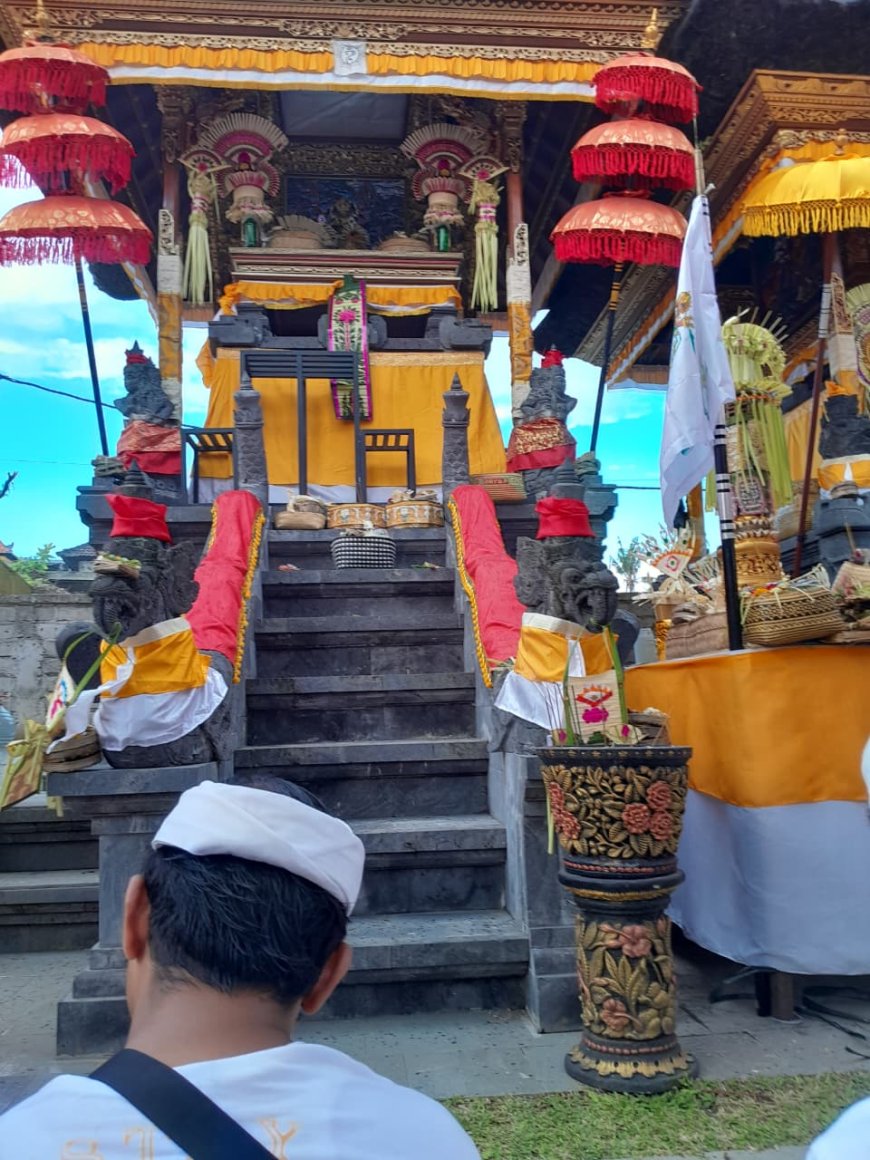 Devotees Performing Prayers during Piodalan at Dalem Agung Pura Kawitan Shri Nararya Kreshna Kepakisan (Source: Personal Collection)
Devotees Performing Prayers during Piodalan at Dalem Agung Pura Kawitan Shri Nararya Kreshna Kepakisan (Source: Personal Collection)
Sacred Architecture Rich in Philosophical Meaning
The beauty of Dalem Agung Pura Kawitan Shri Nararya Kreshna Kepakisan radiates not only from its sanctity but also from its architecture, which is full of symbols and philosophy. Every part of the temple, from the candi bentar to the padmasana utama, is constructed with a layout that follows the Tri Mandala concept, namely nista mandala, madya mandala, and utama mandala, representing the spiritual journey of human beings toward perfection. Majapahit-style ornaments blend beautifully with classical Balinese architecture, reflecting a harmonious fusion of cultural heritage.
In several pelinggih (shrines), carvings of lotus flowers and kala makara can be seen, symbolizing the balance between worldly and spiritual powers. Most of the stones used are natural padas stones that have existed for centuries, signifying continuity between the past and the present. The architecture of this temple seems to speak, narrating the long journey of Bali’s history that is deeply rooted in values of virtue and harmony.
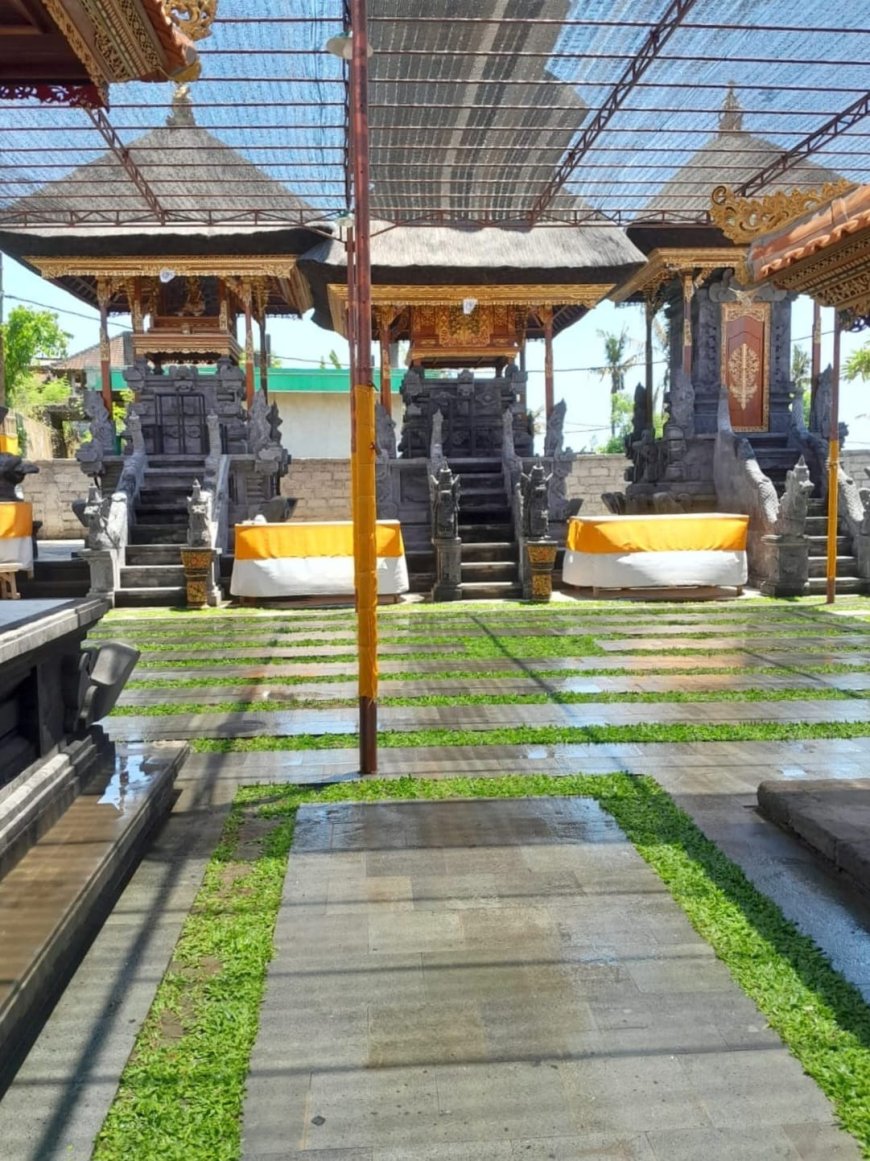
 A Row of Main Shrines with Classical Balinese Architecture Adorned with Majapahit Ornaments (Source: Personal Collection)
A Row of Main Shrines with Classical Balinese Architecture Adorned with Majapahit Ornaments (Source: Personal Collection)
Values of Leadership and Life Philosophy Inherited from the Ancestors
This temple serves not only as a place of worship but also as a source of inspiration for leadership and life philosophy inherited from Dalem Shri Nararya Kreshna Kepakisan. In the teachings that live within Balinese society, he is known as a just and wise leader who governed based on dharma, values that were later implemented in social life, customary law, and traditional governance. This spirit of leadership is reflected in every customary activity, where deliberation and togetherness form the foundation of decision-making.
Today, the younger generation is continuously encouraged to rediscover these values so that they may become successors who are not only intellectually capable but also possess taksu, or spiritual strength in leadership. Through activities such as pasraman, dharmasanti, and cultural seminars, the noble teachings of the Majapahit ancestors continue to be passed down so they are not lost to time. Values such as tatwam asi (I am you) and paras paros sarpanaya serve as guiding principles that shape the harmonious and tolerant character of Balinese society.
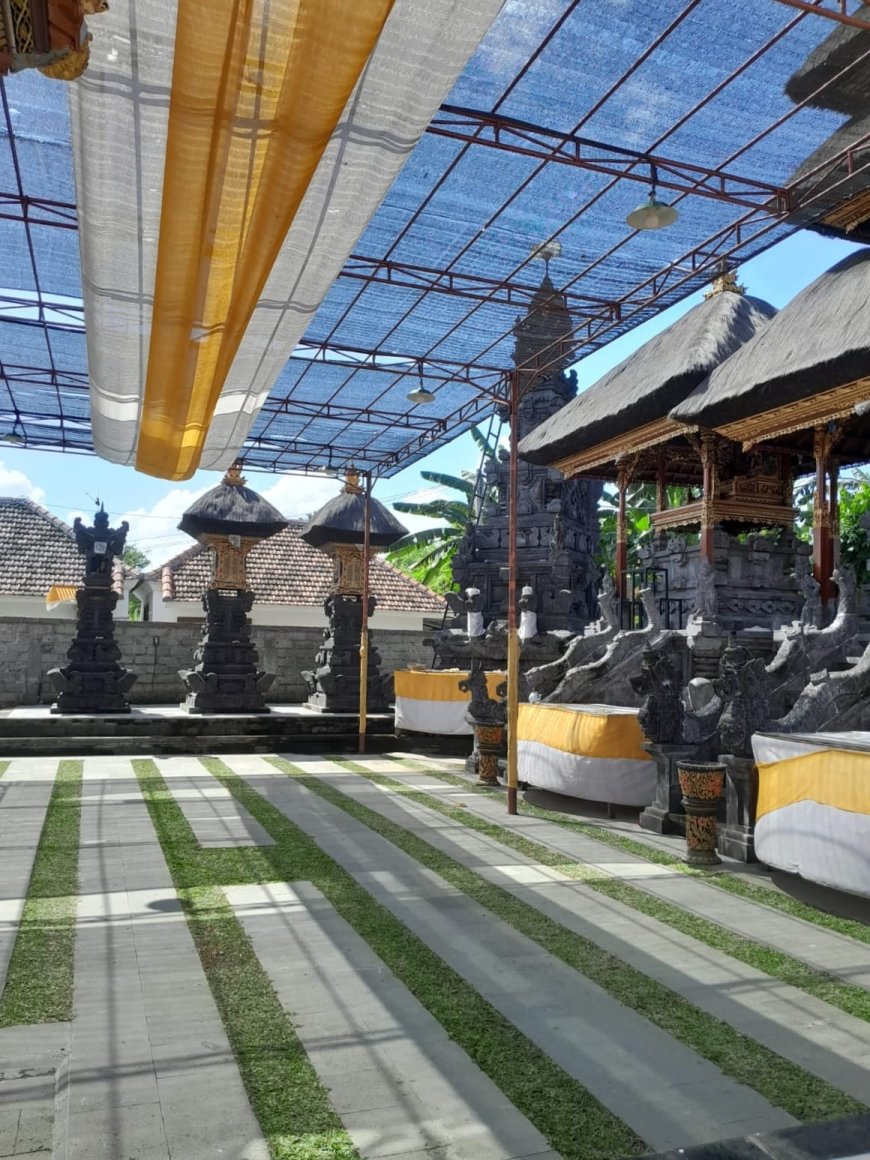 Shrines at Dalem Agung Pura Kawitan Shri Nararya Kreshna Kepakisan as Symbols of the Enduring Teachings of the Ancestors (Source: Personal Collection)
Shrines at Dalem Agung Pura Kawitan Shri Nararya Kreshna Kepakisan as Symbols of the Enduring Teachings of the Ancestors (Source: Personal Collection)
Kawitan Temple as a Space for Reflection and Modern Spirituality
Amid the flow of modernity, Dalem Agung Pura Kawitan Shri Nararya Kreshna Kepakisan remains a sacred space for reflection where devotees seek inner peace. Many come not only during ceremonies but also on ordinary days to meditate, perform personal prayers, or simply find tranquility within the temple’s serene atmosphere. The gentle sound of the wind, the fragrance of incense, and rays of sunlight filtering through the trees create a contemplative ambiance that connects humans with nature and the Divine.
For the Balinese people, a pura kawitan is not merely a place of worship but a reflection of self-identity. From this sacred space, spiritual awareness, cultural belonging, and pride in ancestry continue to flourish. The temple stands as living proof that behind the march of progress, the values of the Majapahit heritage remain alive, guiding the Balinese to walk the path of dharma, the way of truth, virtue, and harmony.
